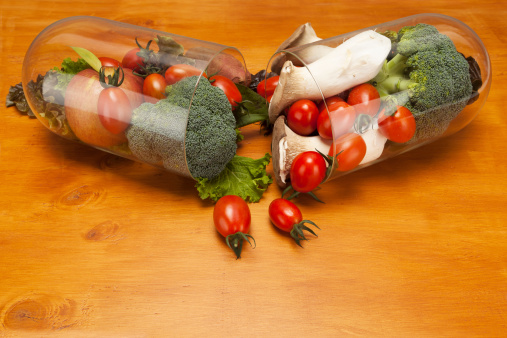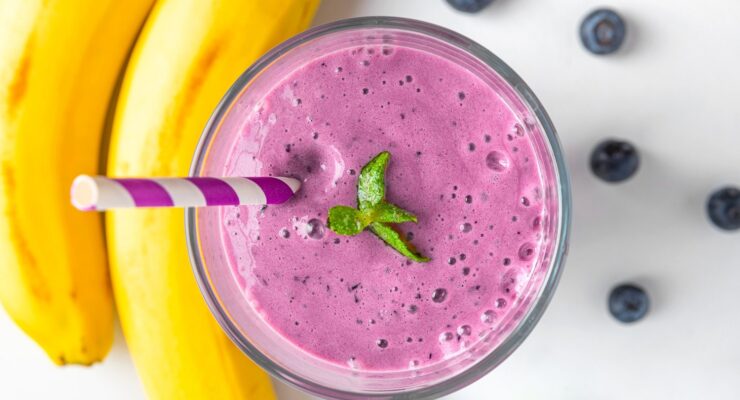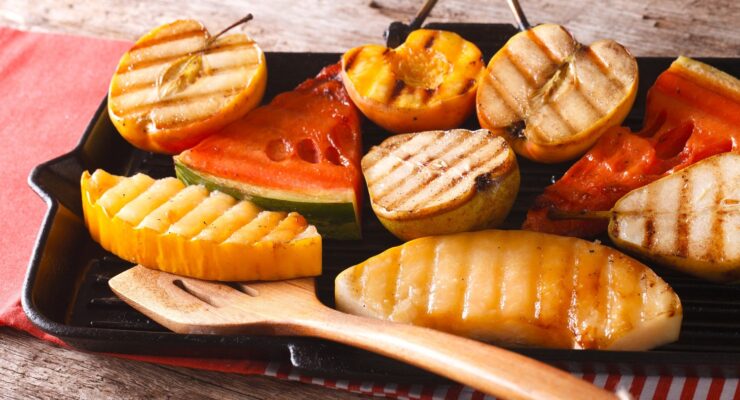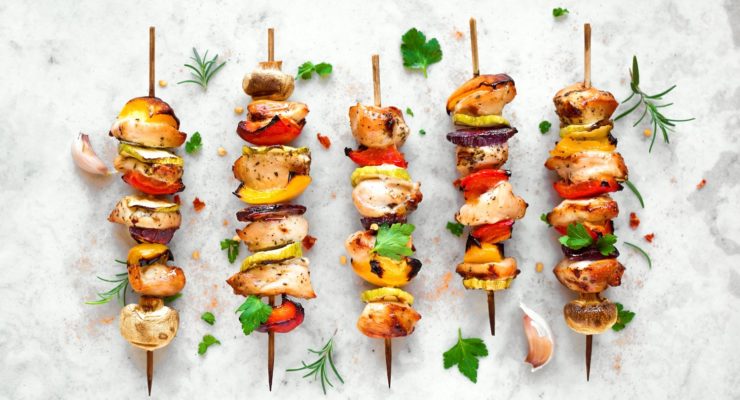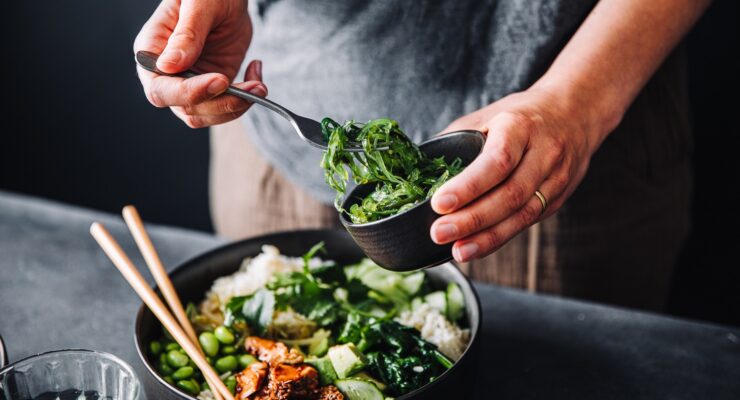Iron 101: Everything You Ever Needed to Know
Article posted in: Diet & Nutrition
How vitamins and minerals work in our bodies can seem a little complicated, but the role that iron plays is very clear and understandable. Iron is the key nutrient for producing hemoglobin, a compound in red blood cells that carries oxygen from your lungs to the rest of your body. Without enough iron, you will feel noticeably fatigued and look pale. A lack of this nutrient can also lead to shortness of breath, brittle nails, and even cold hands and feet.
Anemia, or lack of iron, is the most common nutritional deficiency in the U.S., according to the Centers for Disease Control and Prevention, with almost 10 percent of women falling below the baseline. Women who are pregnant or breast-feeding need more of this nutrient, as do people who have had bariatric surgery for weight-loss and those on kidney dialysis. Crohn’s disease, colitis and other digestive disorders can inhibit the body’s ability to take up iron from food, so people with those conditions may need to closely monitor their consumption of the mineral.
Children from ages four- to eight-year- old should get 10 milligrams daily. That demand drops to eight milligrams at around age nine and it remains constant for men throughout their lives. When women begin to menstruate, their RDA increases to 18 milligrams. After menopause, women need less iron, so eight milligrams is sufficient at that point. If you’re eating a vegetarian or vegan diet, the National Institutes of Health recommends that you consume about twice as much iron as people who eat meat because iron from plant sources is not as easily absorbed.
IRON-RICH FOODS
Iron in food comes in two forms: Heme and non-heme. Red meats, fish and poultry contain both kinds. Plants have only the non-heme type, which your body uses less efficiently. Include some of these high-iron foods in your daily diet to be sure you’re getting enough:
Organ meats: Beef or chicken liver have the highest concentration of iron.
Mollusks: Clams, oysters and mussels are top seafood sources.
Beef or turkey: Cooked beef or turkey have a healthy supply.
Cold water fish: Canned sardines, salmon, tuna and halibut kick up your iron intake.
Beans: Cooked lentils, kidney beans and chickpeas are iron-rich legumes.
Nuts and fruits: Roasted pistachios and dried apricots boost your iron levels significantly.
Breakfast cereal: Many popular cereal brands are fortified with iron.
Supplements: You might be tempted to try supplements, but be sure to check with your doctor first. Iron supplements can lead to digestive discomfort or and even worse side effects.

